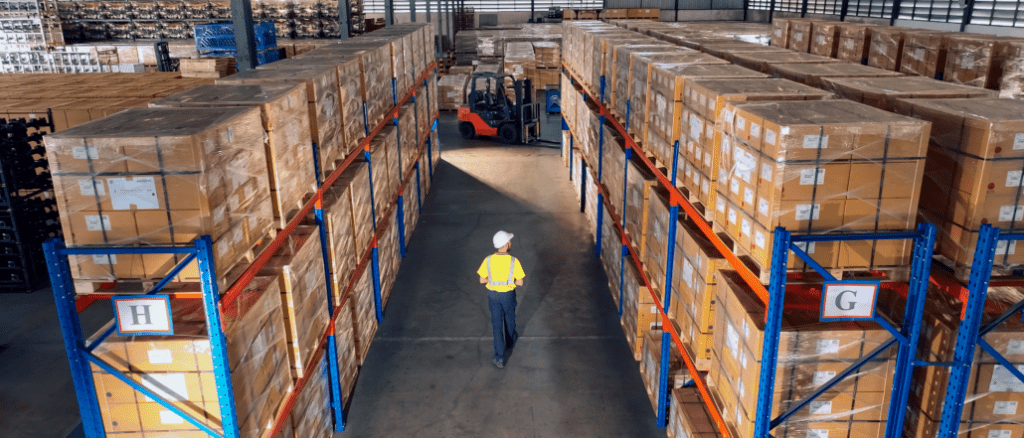Creating an effective product recall program

2 minute read
In recent years, we have seen a rise in the number of product recalls, as well as lawsuits filed against manufacturing companies of all sizes and types. It is important that you play a key role in your company’s success by effectively preventing and managing product recalls through a product recall program.
What is a product recall?
A product recall is the process of removing a defective product from distribution, sale, or consumer use. Typically, these products are not in compliance with Canadian legislation and may pose an unacceptable risk to the health and safety of consumers or users of the product.
Creating a product recall program
It is critical to establish an effective product recall program for unsafe consumer products in the marketplace. Unfortunately, this process is often inadequate or overlooked. By removing unsafe products from use, you minimize the risk of illness, injury, or death to your consumers.
Organizations involved in importing, manufacturing, advertising, or selling consumer products should ensure that their products are safe for consumer use, and in compliance with applicable local requirements, statues, and legislation. In Canada, this includes the Hazardous Products Act and Cosmetic Regulations under the Food and Drug Act.
If you think one of your products may be defective, it is important that you track and retrieve as many defective products from the marketplace as quickly as possible, in order to minimize the cost and inconvenience to customers, external and internal stakeholders, and your organization’s reputation.
Product recall program guidelines
In order for you to create a product recall program that is effective, we recommend that you consider following these guidelines:
Assign and assemble qualified personnel with sufficient authority to coordinate the recall.
Notify and report the defective product to applicable federal authority representatives, such as a Health Canada Product Safety Officer, a Canadian Food Inspection Agency Representative, etc.
Identify all products to be recalled including all makes, models, brands, etc.
Identify, quarantine, and clearly mark recalled products in the warehouse or excess stock.
Track the products that have been distributed and locate their whereabouts.
Determine the action that your clients or consumers must take in order to stay safe and protected.
Prepare and distribute a recall notice to all clients or consumers including a press release, if required.
Verify the effectiveness of the recalled products.
Properly repair, correct, or dispose of the recalled products.
Best practices for product recalls
Before any actual emergencies arise, it is adamant that you establish and thoroughly train your staff about your organization’s product recall program. Speedy decision-making can limit your company’s exposure to liability. If action is not taken promptly, defective products may lead to product liability lawsuits, with potentially adverse verdicts in court. In which case, your organization may suffer from reputational damage and financial loss.
When responding to questions or comments about the defective product, convey your professionalism and concern towards customers, vendors, regulators, and the general public, by addressing the recall efficiently, honestly, and proactively.
Importers, manufactures, distributors, wholesalers, and/or retailers have the best intentions to sell safe consumer goods in the marketplace. Despite these best intentions, a product that is defective, not in compliance with Canadian legislation, and/or poses an unacceptable health and safety risk, can slip by the most effective Quality Management Program. Should this occur, an established and effective product recall program can provide the assurance that unsafe products will be removed from the marketplace promptly and efficiently.
Protect your small business with TruShield Insurance
Successfully managing your small business involves more than just your skills and hard work. It’s also about being prepared for unexpected issues that can arise. To get the right coverage that’s tailored to you and your business, visit our Commercial Insurance page today.
This blog is provided for information only and is not a substitute for professional advice. We make no representations or warranties regarding the accuracy or completeness of the information and will not be responsible for any loss arising out of reliance on the information.






